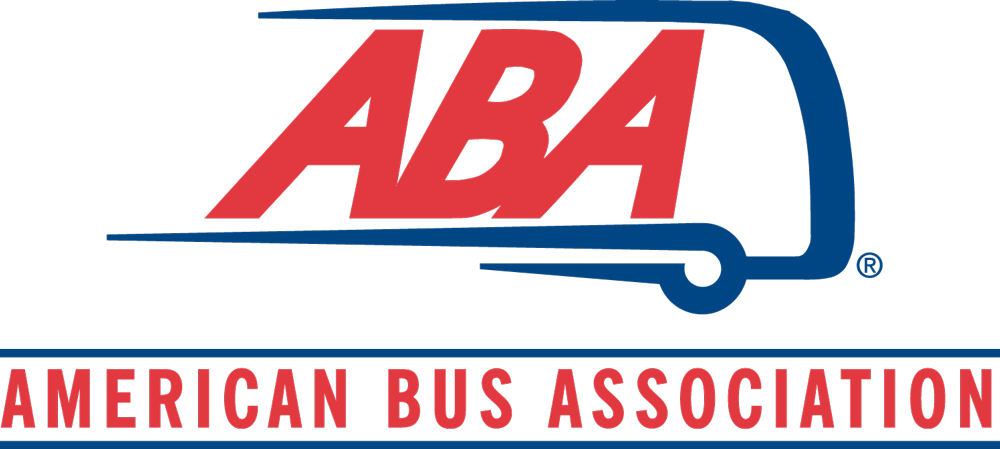BISC Security Tips
Bus companies are encouraged to adopt these safety and security measures from the Transportation Security Administration. Download Document
Facilities
- Conduct a risk assessment of company facilities including exterior, internal, employees, and bus safety.
- Provide company photo IDs to all employees
- Control access to non-public facilities by non employees, vendors, etc.
- Establish designated employee parking areas
- Establish video surveillance systems for facilities
- Establish or hire a security force.
Drivers
- Companies may consider developing standards that would address on-road coach security and fully support driver security decisions made with regard to passenger ejections, refusal to board and other decisions made on the coach.
- Provide company IDs to all drivers (photo ID preferred).
- Enhance driver pre-trip announcements and procedures to include a check of the fire extinguisher for tampering, clearing bins of all personal affects at destinations, and notification to passengers that terrorist acts on mass transportation systems are now a Federal crime. (A standard script will be developed by the Safety Council in conjunction with Federal Motor Carriers Safety Administration.)
- Establish driver walk-around inspections at all stops with receipts showing inspection has been completed.
- Establish driver communication systems that may include: cellular phones, GPS units, en-route check in, and “panic” buttons.
Equipment
- Secure baggage bay doors at all times when not attended by company personnel. Door securement to be included in walk-around driver inspection.
- When developed, install driver activated external trouble indicator light for motorcoaches that will alert others to problems within the coach (standard color, light type and installed full length of coach.)
- Install transparent divider that will sufficiently protect the driver’s back.
- Install or use night lights to illuminate passenger compartment.
- Avoid high-risk parking areas, look for well lit, locked, secure places to park motorcoach at all times.
- Develop emergency response contingency planning for drivers.
- Replace convex interior view mirror with flat, more realistic view mirror.
- Install Global Positioning System emergency beacon that could be activated during an emergency.
Public Policy
- Support the creation of a Federally funded Bus Marshal program as part of the Transportation Security Administration.
- Establish random check procedures and conduct random passenger and baggage checks.
- Prohibit the consumption of alcohol by passengers (including reserving the right to refuse service if passenger appears intoxicated).
- Work with state and local law enforcement to eliminate the use of motorcoaches to remove undesirables from their jurisdictions.
- Prohibit dangerous goods on motorcoaches in the passenger compartment (guns, knives, mace, etc.) Signage to be developed by the Safety Council.
- Designate an individual in each company with responsibility for all aspects of security.
- Erect signs in boarding areas that notify public that terrorist acts on mass transportation systems are a Federal crime (recommended signage to be developed by the Safety Council).
- Conduct company wide training to help employees identify and respond to potential threats.
- Establish procedures that will link passengers and baggage (passengers should not check baggage and fail to board the coach).
- Deny further ticketing services to ejected passengers.
